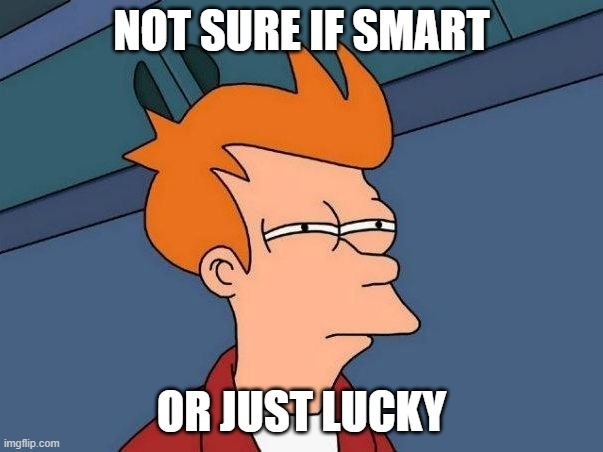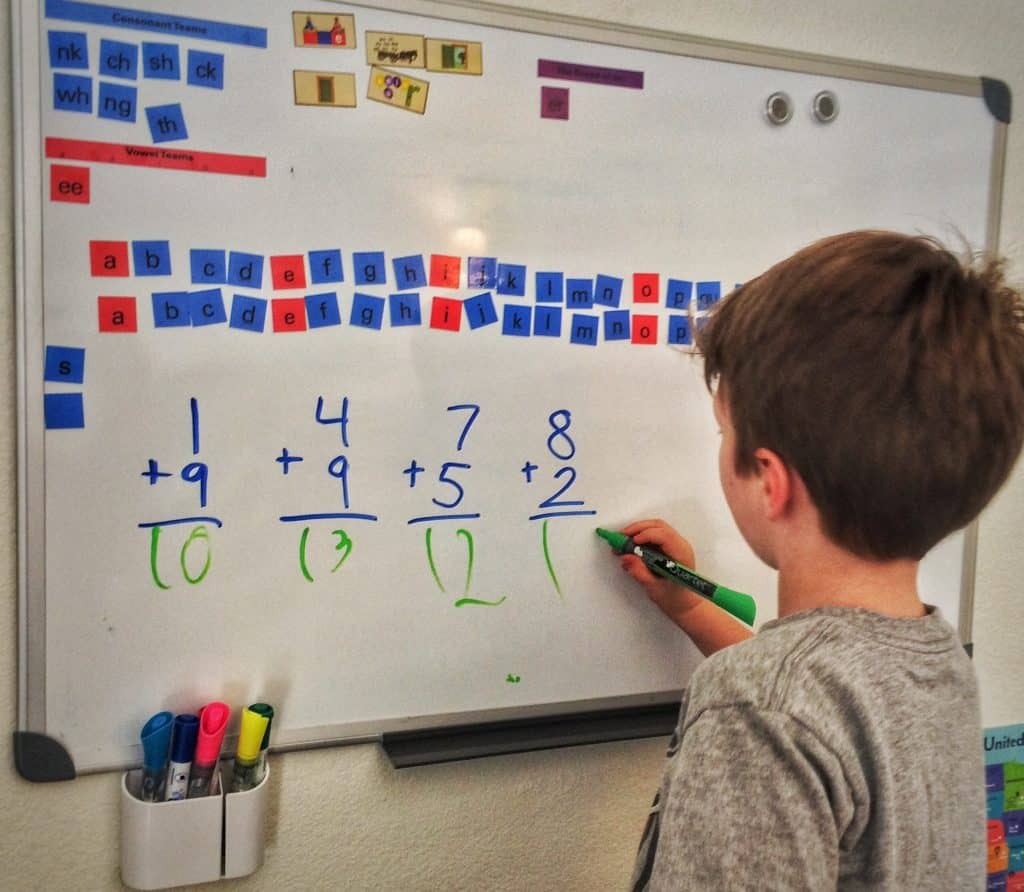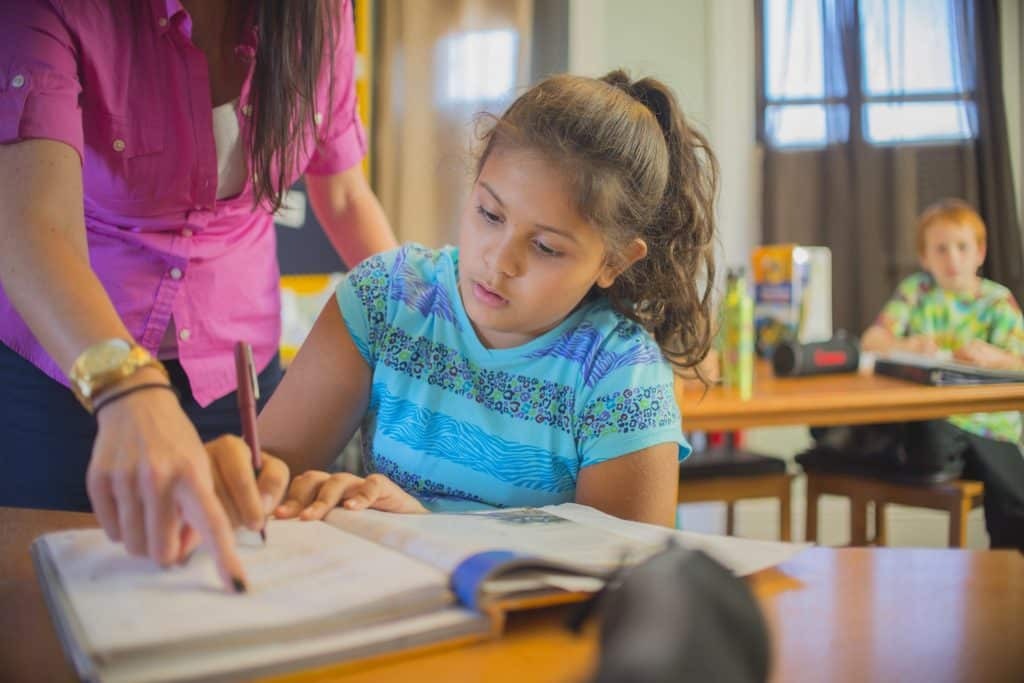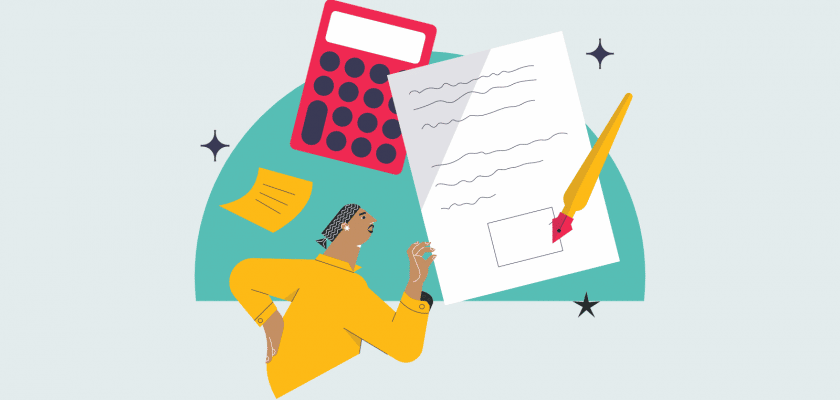Ask any student, and they’ll claim teachers have it easy. From their point of view, your job is to walk into a classroom, talk about a bunch of indecipherable things that seem to bring you a lot of joy, and grade their papers. It’s the students who are left to do all the heavy lifting by doing homework and sitting exams.
Little do they know about the hard work and thought you invest in your classes. Every time you go into a classroom, you need to have a clear idea of what you’re going to teach and how you will spend class time efficiently and keep all their wandering minds engaged.
Every teacher will agree that the foundation of every good class is a well-crafted lesson plan. But writing one is not a walk in the park and is a skill that cannot be mastered overnight. If you still compare writing each lesson plan to climbing Mount Everest, we’ve got the tips for you.
We’ll break down the basics of how to write a lesson plan that will help you keep your classes organized and your students interested, engaged, and (hopefully) more appreciative of all the work you put in their classes.

Source: @pp99 via Twenty20
Tips for Writing Lesson Plans Suited to Your Class’ Needs
When writing a lesson plan, the first step is to think about your students. While lesson plans guide teachers through a lesson, good lesson plans are always focused on students and not the teacher. Make sure that your plan supports the lesson objective you’ve set out to achieve and that it is adapted to your students’ age, interests, and learning styles.
How you plan your lessons hinges on various factors—most of all, the grade and the subject you’re teaching. A kindergarten lesson plan won’t be the same as a lesson plan for second grade. Preschool lesson plans or plans for 1st graders focus on fun and engaging activities you use to transfer knowledge. In contrast, high school lesson plans focus on direct instruction and assessment methods.
To make the lesson planning process easier, you can always use a lesson plan template. It will contain all important sections and allow you to prepare your lessons more quickly and efficiently. If you’re planning in advance or preparing a more complex lesson that requires several classes, you can also use a weekly lesson plan template.
How To Write a Lesson Plan
The complexity and structure of your lesson plan will depend on the variables unique to your class, the subject matter, or the template you use. Still, certain steps in the process of developing a lesson plan stay the same as you always need to:
- Define a lesson plan objective
- List the necessary materials
- Decide on assessment methods
Lesson Plan Objectives
Before you get into the nit and grit of your lesson plan, you need to have a clear idea of why you’re teaching that particular lesson in the first place. A lesson plan objective outlines in one sentence your expectations about what the students will be able to do or repeat after the lesson is over—not what you’re going to do during the lesson.
When writing an objective, you can rely on the S.M.A.R.T. formula. It helps you keep your lesson objective:
- Specific
- Measurable
- Achievable
- Relevant
- Timely
Use concise language and avoid vague verbs, such as learn, understand, or enjoy. Go for the measurable verbs instead—e.g., define, recite, explain, or calculate. Your objective should be specific enough to allow you to determine whether a student has achieved the goal or not.
An example of a well-written objective would be: After the lesson about the local government, the students should be able to identify specific components of local government and write four to six sentences using local government facts and appropriate vocabulary.
Lesson Materials
Once you settle on an objective, it’s time to figure out what you’re going to need to achieve it.
The Materials section of your lesson plan is essentially a list of all items you’ll need during the class. Try to think about every single detail to make sure you can achieve the objective you’ve planned.
Some common materials you can use include:
- Textbooks
- Crayons
- Paint
- Worksheets
- Notebooks
- Glue
- Pens
- Game pieces
- PowerPoint presentations
- Chalk
- Markers
Assessment Methods
How are you going to establish whether a student has achieved the lesson plan objective? How are they going to demonstrate what they’ve learned? You need to determine the assessment method in advance and choose the one that will allow your students to showcase their new knowledge or skill.

Remember, a traditional test is not always the optimal solution. Assessment methods can also be:
- Class journal entries
- Hands-on activities
- Drills
- Writing assignments
- Quizzes
- Exit slips
- Individual and group assignments
- Group activities
- Presentations
What To Do in the Classroom—Planning Your Time
Once you cover the basics of your lesson, it’s time to plan how you’re going to spend the allocated class time and go into detail about learning activities.
Here’s one way you can organize your class:
- Get students’ attention
- Share the objective with students
- Recall prior learning
- Present new information
- Offer guidance
- Practice
- Give feedback
- Assess students’ performance
- Enhance retention (i.e., let students apply the information to personal contexts)
How you carry out these steps will depend on your group, topic, and your teaching methods, but you should try to plan every step thoroughly and come up with a timeline for your class.
This schedule is not something you should live and die by. Despite your planning, classes take unexpected turns, but you should come prepared even for that scenario. For example, you can plan backup activities in case you finish the lesson ahead of schedule.
You should also allow for some leeway in your timeline because not all students learn at the same pace, and you have to make sure all students cross that finish line.

Source: @hhammer87 via Twenty20
Learning Activities
The activities you choose for a particular lesson depend on a variety of factors, including your teaching style, your students’ age, the subject, and the topic of the lesson. You should opt for activities that are fun and stimulating and that help students awaken their creativity or engage their critical thinking skills. Still, no matter how fun you want your class to be, don’t lose sight of your lesson goals and choose the activities that can help you achieve them.
Check out the table below for a few examples of fun activities you can use in different classes:
| Examples of Pre-Assessment Activities | Examples of Activities for Instruction and Practice |
| Fill out a short quiz Fill out anticipation guides Start a KWL chart Do an ABC chart with words related to the class topic Play a sorting game with objects or cutouts | Circle newly-learned words in a word search puzzle Assign group projects about environmental issues Play Bingo with simple math equations on the card Match cards with synonyms written on them Draw a butterfly’s life cycle Play a memory game with different animal species |

Source: @SBphoto via Twenty20
Lesson Plans—Online Resources
Writing a lesson plan can be tedious and take hours to complete. It can also be extremely stressful if it’s a Sunday night and you’re staring at a blank sheet of paper. One way out of that situation is to find and download ready-made lesson plans from the internet.
Still, the issue is that free lesson plans often don’t meet the necessary quality standards—they have vague objectives, don’t list out materials, or include lackluster activities.
Paid lesson plans can do the trick as they usually bring more quality, but you can only see a small preview before you take your credit card out. Before you can see the whole lesson plan and gauge whether the plan is suitable for your class, you will have to pay up. With so many lesson plans posted online, sifting through the chaff can take as much time as writing a lesson plan yourself.
Another problem is that most websites charge per downloaded item, and you can end up spending hundreds of dollars on potentially unusable resources every school year. The only way to get your hands on high-quality lesson plans and other teaching materials quickly without breaking the bank is to find a subscription-based platform where you can browse and download as much as you want for a reasonable fixed price.
Get Access to the Best Lesson Plans on Teach Simple
Finding an online lesson plan can save you from writing one yourself, but only if you can find a top-quality plan fast. Having dozens of browser tabs open and filling your hard drive with unusable materials will get you nowhere.
Teach Simple provides lesson plans and other materials made for teachers by other experienced educators. Our contributors are teachers with years of experience who know exactly what can make or break your class.
Our platform is completely subscription-based, meaning that we won’t charge you for each piece of content you download. You can subscribe for free using our 30-day trial and download as many lesson plans as you want at no cost during this period. Once the trial ends, you can choose to continue to enjoy all the advantages Teach Simple has to offer.
What Teach Simple Brings to the Table
With Teach Simple, you’ll no longer have to scour the internet looking for materials you can use for your lesson. Our platform offers:
- High-quality resources—Every material we post is created and reviewed by teachers to ensure we meet the high standards we’ve set for ourselves and the official curriculum guidelines
- Unlimited downloads—As a member, you’ll be able to enjoy the full range of our resource library. You can download everything that catches your eye without additional costs
- A sense of community—Teach Simple is dedicated to helping out teachers on both sides of the equation. That’s why we give 50% of our revenue to our contributing educators, who go above and beyond for every resource they create
- Resource diversity—You can use Teach Simple for all your teaching needs. Our lesson plans cover all levels (early learning, elementary school, middle school, and above) and subjects (math, science, ESL lessons, and more). Aside from lesson plans, you can download other materials such as games, e-books, audiobooks, full curriculums, flash cards, and anything else that will help your students have more fun and learn faster
- Special resources—Teach Simple goes beyond traditional academic subjects and includes resources that focus on social-emotional learning, speech therapy, and different social and life skills
Sign up for Teach Simple today, and you’ll never have to worry about being unprepared for your lesson—enrich your classes with a variety of materials your students will love.
Teach Simple’s Lesson Plans—Examples
Here are a few examples of high-quality lesson plans and other resources that await you on our platform:
- Reacting vs. Responding
- Lindbergh’s Flight Across the Atlantic: History—Hands On
- Causes of World War II: The Beginning
- Sea Robbers and Buried Treasure
- Project Geos: A Brave New World Gr. 4–7
- Passport Series: Asia
- World Political Leaders Gr. 5–8
- Origins of the American Government
- Unsinkable Sub: The Ready-Made Lessons for Last-Minute Days
- Group Project Student Role Sheets: Everything You Need for Successful Group Research Projects
- 3rd Grade Standards for Literacy: Part 4
- Myths From Around the World Gr. 4–6
- Hands-On Halloween: Melvis Monster Gr. 1–2
- Earth Day: A Micro-Learning Deck
- Prehistoric Art
